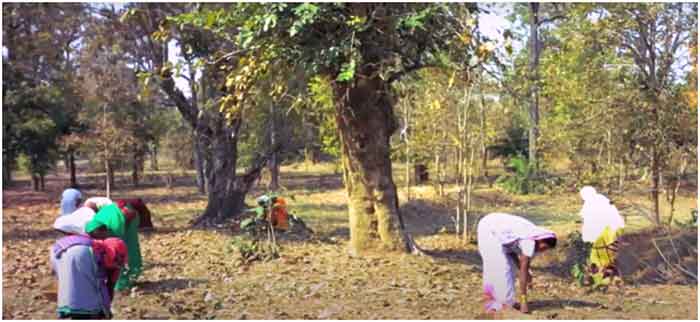“Somewhere ages and ages hence:
Two roads diverged in a wood, and I—
I took the one less traveled by,
And that has made all the difference.”
–Robert Frost
It is always interesting to come across someone who has taken the path less travelled by, in my case this interesting experience comes from one of the founders of the Annapurna Movement. Having a candid conversation with someone who took a vastly different path allowed me to not only appreciate all that Annapurna was able to accomplish but also sparked an inkling to question myself “Could I do more?”
Annapurna was started primarily as a measure to combat the detrimental effects of the COVID pandemic that took hold of the country in the initial few months of the lockdown. While it is always easy to turn a blind eye and think “The Government’s care package will take care of anyone who is starving” or in cruder terms “Modiji Sambhal lenge” , some people do not take the easy route. The movement tried to mitigate the food shortages people dependant on daily wages would face due to a sharp drop in labour requirements and decided to first focus on the Shivajinagar slums (the second largest slum in Mumbai, with ~7 lakh community members) near Chembur due to the fact that it was underrepresented during COVID (all the attention apparently went Dharavy, the largest slum)
Annapurna incorporates two primary philosophies that are pillars of how they operate –

Transparency –
By incorporating transparency into their operations, Annapurna avoids the black box situation where a benefactor wouldn’t know where the money went, keeping a transparent operation allows them to build trust in their current/future beneficiaries. For instance, the money would directly go to grocers (and in the initial phase people would call to ensure that their money went to the right place)
To ensure transparency, the invoices and the financials were kept open, along with keeping a track of the activities using geotagged images and uploading everything on a google drive, anyone who wants to have a look at the financials can go to their website and check out the state of donations and their utilizations

Utilization of available resources –
COVID brought with it a fear of reaching out and helping, external volunteers would either not want to help (fear of contracting the disease) or would not be allowed to help. Annapurna thus thought of employing volunteers from the tightly packed communities themselves who could roam around inside the community, get a head count and then deliver the food packets. This allowed them to reach deep into these communities (arguably doing a better job than an external volunteer could). The grocer that was contacted and negotiated with was also from the local community.
The Paradox of hiring and marketing
In our talks with the founder, we got to know about an interesting dilemma that movements like Annapurna face.
- To create the most impact, they need to hire the best people.
- Hiring the best people also requires spending on marketing and salaries.
- They face criticism for spending money on marketing and salaries.
- They are not able to hire the best people due to the criticisms
- They are not able to create the most impact
Movements backed by high-net-worth individuals or by major corporates understand that these expenses are necessary, however movements like Annapurna which have keep themselves transparent will find it difficult to justify spending on marketing and hiring (since most people would consider these expenses as not necessary)
The future of the movement
“Give a man a fish, it’ll feed him for a day, teach him how to fish, he’ll feed himself”
Providing food for Annapurna however was a crisis response that was the need of the hour, Annapurna now is planning to shift gears and move on to more ambitious goals of education and women empowerment. They have started offline classes amid the pandemic with ample precautions being taken because of the belief that the online mode is not suitable for teaching kids and teenagers, apart from this the movement is playing its part in seeking to establish the displaced migrant workers who were the ones affected the most by helping them restart their daily wage labour.
Coming back to the founder
It takes a certain set of life experiences/principles to leave a comfortable/glamourous corporate job and devote oneself to serving those who are not as privileged.
“It depends from person to person, but for me there is nothing more rewarding as giving and doing something for other people”
While it would be unrealistic to assume that everyone would decide to leave their job and decide to move into a social cause, the experiences of Annapurna and its founders do give something to think about, to reiterate “Could I do more?”
Do check all the great work they are doing at https://www.annapurnamovement.com/
Shray Sibal is a student Indian Institute of Management Ahmedabad
SIGN UP FOR COUNTERCURRENTS DAILY NEWSLETTER











































